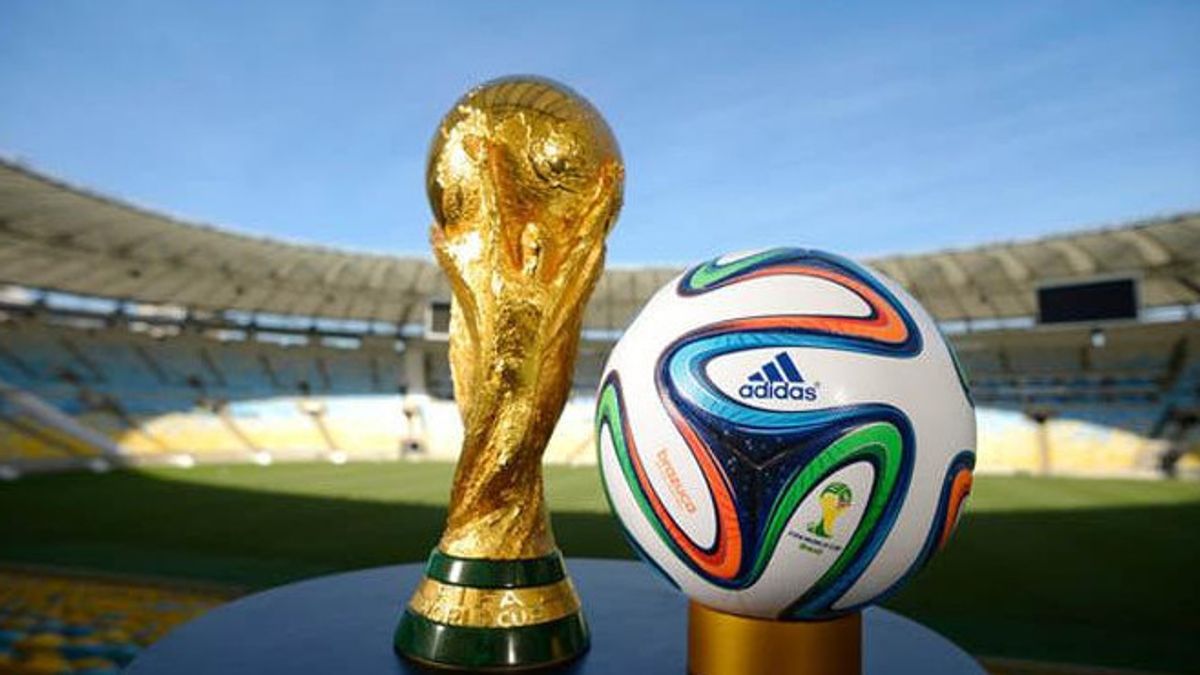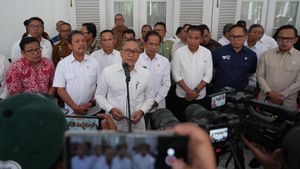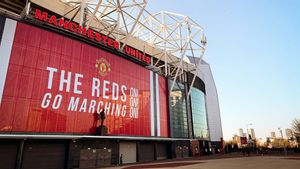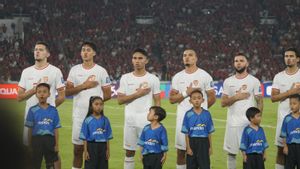JAKARTA - Brazil's existence as the host of the 2014 World Cup is full of dynamics. The Brazilian government is considered incompetent for world football celebrations. The corruption of the government is the reason. Mosi doesn't believe it spread anywhere.
However, everything changed when the whole of Brazil welcomed the event with great fanfare. Brazil's great organizations are seen in almost all corners of the city. The spirit was then met by FIFA and Adidas into an official ball. Brazuca, his name.
The Brazilian government is known to be corrupt. There are many major corruption cases involving officials throughout Brazil. Most cases ended without a settlement. The bad image of the Brazilian government also has an impact on the implementation of the 2014 World Cup.
The existence of Brazil as the host is doubtful by many. In fact, by the Brazilians themselves. The absence of trust in the government in managing World Cup funds is the estuary. However, the Brazilian people tried to move on their own. They try to distract the world with the excitement of the whole of Brazil welcoming the World Cup.
The slum villages in Brazil are trying to eradicate themselves. World Cup murals are scattered everywhere. World Cup organizations are also present in every corner of the city. The courage of the Brazilians is not without basis. Brazil has been famous for a long time as a true football lover.
They consider football not just a matter of sports that only sweats. More than that, football is a picture of Brazilians living life. Alias, Football is believed to be the only way to change lives and escape poverty.
No country in the world is identified with one sport except Brazil with football. So important football is for Brazil, it has never been just a sport. Football is a picture of how Brazilians live their lives.
The players are born and train skills on the narrow streets of favela. They run fast all over the world to leave demotion poverty. The rhythmic checks and clever tricks of tricking opponents are obtained from samba and kapoeira martial arts, the skills they must learn and master to be able to dodge and survive a brutal life, "explained Darmanto Simaepa in the book Behind Gawang (2021).
The spirit of the Brazilian people in living the 2014 World Cup is second to none. International Football Federation, FIFA and World Cup official football supplier Adidas tried to adapt it to become an official ball. The power owner at that time was quite careful in presenting a new official ball.
Un impressive experience with Jabulani's official ball at the 2010 World Cup was the estuary. Jabani received harsh criticism from various parties. In fact, some pinned the predicate of Jabani as the worst ball.
FIFA and Adidas were careful. They also tried to make various breakthroughs. They then involved 600 world top players and 30 teams in 10 countries on three continents. The spirit of the Brazilian people is the background. Finally, an official ball that is claimed to be the most perfect by many experts was born. Brazuca, his name.
Brazuca's presence became a representation of the love of the Brazilians and football. An official ball which was later deemed to represent the attitude of pride, goodwill, and emotion. The ball was introduced to the public directly at Rio de Jeneiro on May 29, 2014. The dominated ball white, orange, green, and blue has captured the eyes of the world. From the group phase to the 2014 World Cup final.
Thus, naming the official ball of the 2014 world football party with the name Brazuca is actually something that makes sense. Moreover, the design of Brazuca's own ball, which can be said to be the mostcolorful World Cup ball in history, correctly describes the expression of Brazilian culture which is full of color, cheerful, expressive, spontaneous, praising joy, glorifying parties that are celebrated communally.
The colors in Brazuca represent, to some extent, the way Brazilians enjoy life and football. Brazilian fans are not known for the culture of hoodliganiism, ultras, or casual, which tends to close themselves, maintain confidentiality, and are aggressive on the opposing side. The expressions of Brazilian fans tend to be open, expressive, full of joy. From the wisdom they are already seen, they use firecrackers in rowdy colors, carry drums, sometimes even their female supporters paint their vital limbs in colorful colors, "said Fajar Rahman in the book Brazillian Football and Their Enemies (2014).
The English, Chinese, Japanese, Arabic, and French versions are automatically generated by the AI. So there may still be inaccuracies in translating, please always see Indonesian as our main language. (system supported by DigitalSiber.id)









